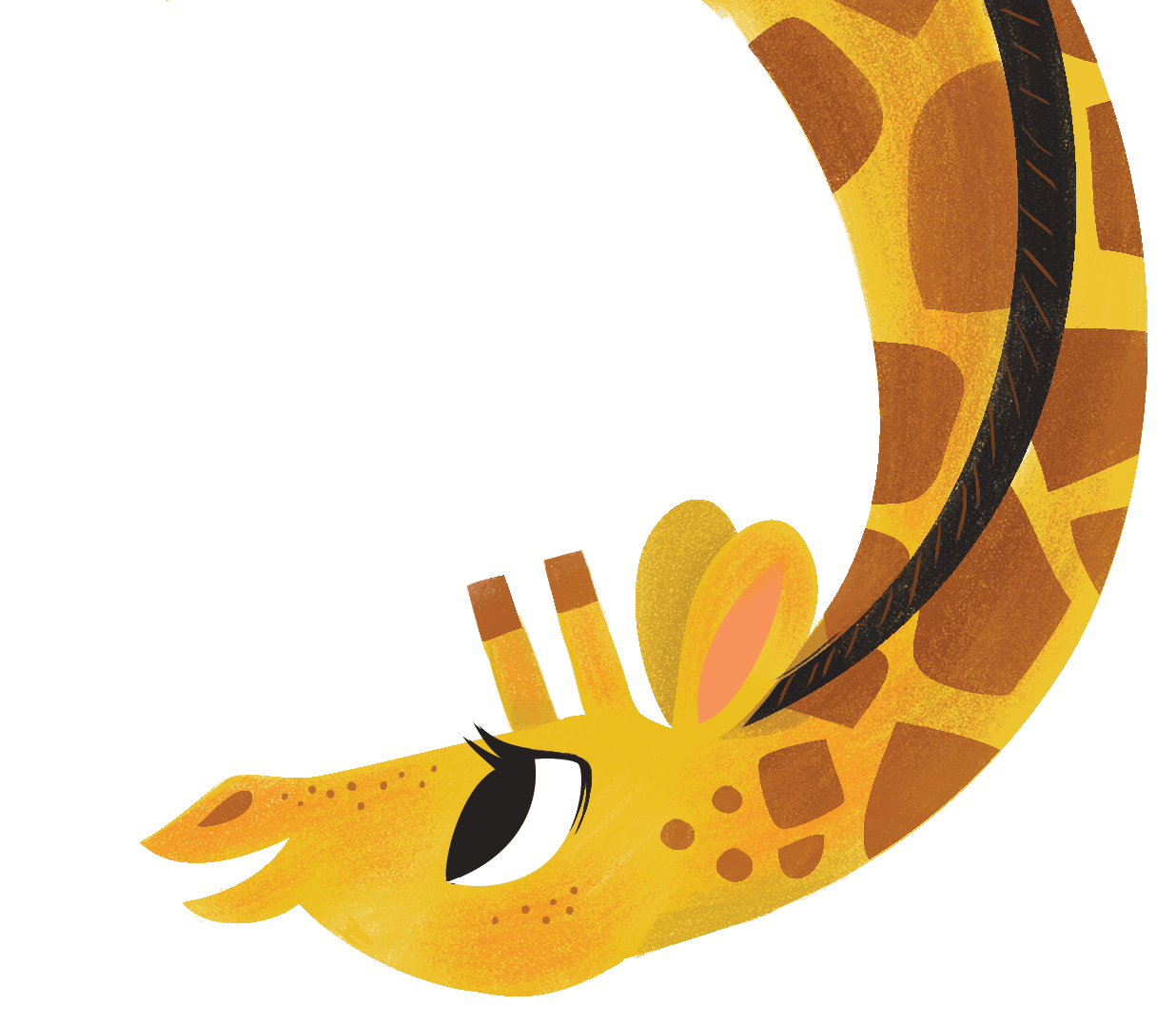 Sometimes a writer wants to write about something–cares passionately about something–but has no vivid, compelling details about that something tucked away from memories or observation.
Sometimes a writer wants to write about something–cares passionately about something–but has no vivid, compelling details about that something tucked away from memories or observation.
Research to the rescue!
When I said the word research to my university students, their minds zipped to The Research Paper. But research underpins a lot of genres, including fiction.
As I was working on my first published novel, The Storyteller’s Beads, I used memories–of the tattoos I saw on some women in Ethiopia, for instance, that I didn’t know very much about. My character, however, would know. 
I was lucky that so many people have written about Ethiopian village life and customs. (Last night I watched a heart-grabbing movie, Live and Become, with great visual detail I didn’t have when I was writing.)
I was lucky that my mom taught me how to read so well that I like reading both fiction and nonfiction in search of details.
I was also lucky, when I was working on Lanie’s stories, that people have written such lively and fascinating details about their obsession with birds: books such as The Big Year: A Tale of Man, Nature, and Fowl Obsession by Mark Obmascik.
Know anything about Nutting’s flycatcher?
I didn’t.
 Now, I know it’s small and plain and says “Wheek.” Before the Big Year of the biggest bird lists ever, the author writes, this bird hadn’t been seen in the United States since “Jackie Robinson was slugging his first home run in an All-Star game.” In 1997, a birder spotted one in Arizon.
Now, I know it’s small and plain and says “Wheek.” Before the Big Year of the biggest bird lists ever, the author writes, this bird hadn’t been seen in the United States since “Jackie Robinson was slugging his first home run in an All-Star game.” In 1997, a birder spotted one in Arizon.
Here’s what happened next: “Maricopa Audubon flagged the news on the Internet; the Tucson Rare Bird Alert posted a message on its twenty-four-hour phone number; the North American Rare Bird Alert in Houston started phoning people on its HIgh Alert subscriber list.”
Did you know a plain bird that says wheek could set all that in motion?
I didn’t.
I also didn’t know that John James Audubon, the first person to go on a big ol’ bird hunt in America, failed at at least five business ventures and was thrown into debtors’ prison. (Some people say it’s because he was paying too much attention to birds and too little attention to business.) When he got out, he only had clothes, his gun, his water color brushes–and a dream: “to paint a life-size portrait of every bird in the New World.” His 45o paintings are still treasured in Birds of America.
Obmascik is a great nonfiction writer. Take this description of birding on the banks of the Rio Grande: “Grackles crackled and catbirds meowed, but the loudest of all were the chachalacas, the Mexican thicket-dweller that sounded as if Ethel Merman had swallowed a rusty trombone.”
With so much delicious information to read about the world, it’s hard to imagine huge schools in Ethiopia that have no books. This one does, now, thanks to students in California who raised money for its very first library



4 thoughts on “The Research Paper and Other Lies”
I have been totally distracted by your blog – thank you. I must go and make Lanie’s acquaintance! And I love your quptation of the different bird calls – Ethel Merman swallowing a rusty trombone – truly mind-boggling!
Distraction R Us these days, especially since I’m trying to revise a novel!
I keep getting distracted by your blog, too… Any suggestions on how to make the research paper fun for college students? I’m assigning mine in a couple of weeks.
I know my students’ research papers weren’t any fun for me unless they were not the same old thing. I used to have students write about a place that meant something to them…sharpen it up with good details…and then sit down with me and figure out some research connection. Hiwot is doing a paper where she has to find 3-5 sources about a “group” she considers herself part of–and then refute some of the assumptions.